Home>Ideas and Tips>Backyard Compost Bin Construction to Recycle Kitchen Waste
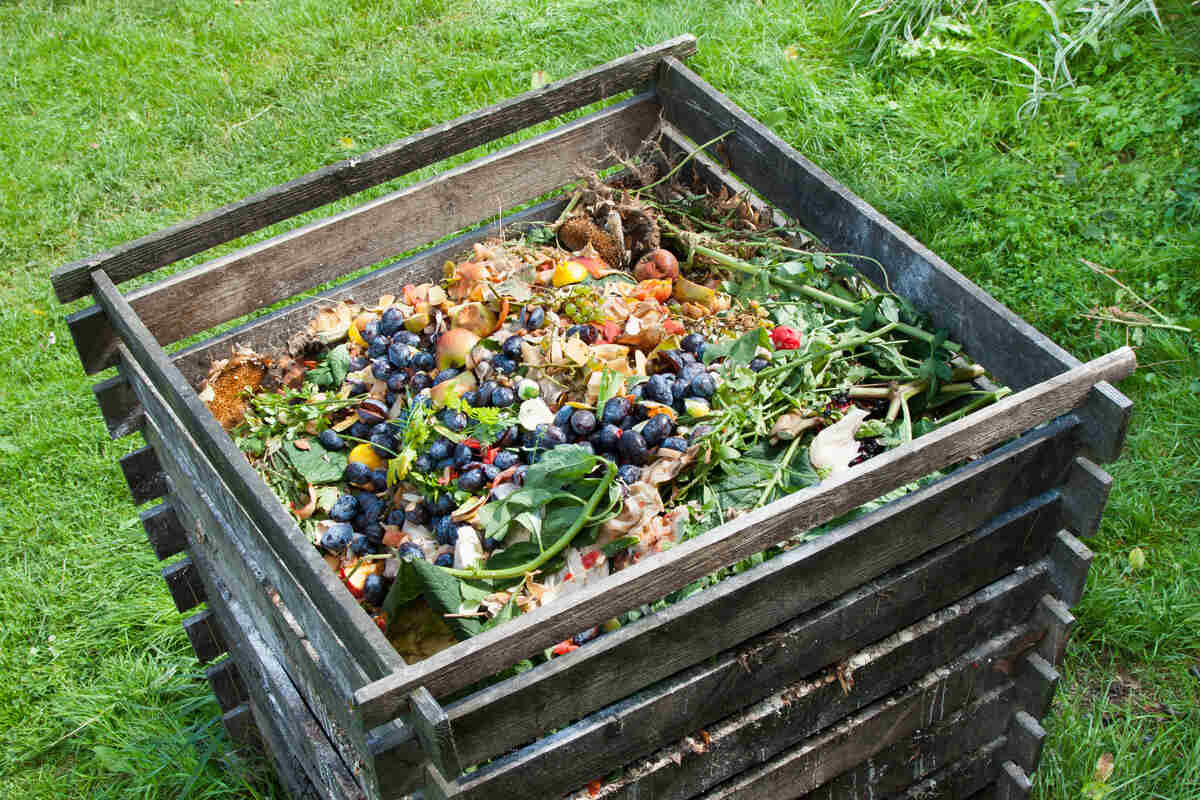

Ideas and Tips
Backyard Compost Bin Construction to Recycle Kitchen Waste
Published: September 24, 2024
Learn how to build a backyard compost bin to recycle kitchen waste, reduce landfill use, and create nutrient-rich soil for your garden.
(Many of the links in this article redirect to a specific reviewed product. Your purchase of these products through affiliate links helps to generate commission for Storables.com, at no extra cost. Learn more)
Backyard Compost Bin Construction: Recycling Kitchen Waste
Composting is a natural process that converts organic materials into a nutrient-rich soil amendment, reducing the volume of waste sent to landfills and mitigating climate change. For those with a backyard, building a compost bin is an effective way to recycle kitchen waste and create a valuable resource for gardening. In this article, we will delve into the process of constructing a backyard compost bin, the benefits of composting, and how to manage kitchen waste effectively.
What is Composting?
Composting is a controlled, aerobic process that breaks down organic materials into a biologically stable soil amendment or mulch. This process involves microorganisms feeding on the materials added to the compost pile, using carbon and nitrogen to grow and reproduce, water to digest materials, and oxygen to breathe. The end product of composting is compost, which is rich in nutrients and beneficial for soil health.
Why Compost at Home?
Composting is nature’s way of recycling. It offers several benefits, including reducing the volume of materials sent to landfills or incinerators, preventing greenhouse gas emissions, and creating a free, high-quality soil amendment. By turning food scraps and yard trim into compost, you can manage your waste more sustainably, save money on fertilizers and pesticides, and build healthier soil that conserves water and improves plant growth.
Ingredients for Composting
To start a compost pile, you need both "green" and "brown" ingredients. Green materials are high in nitrogen and include food scraps, grass clippings, and plant trimmings. Brown materials are high in carbon and include dry leaves, twigs, and shredded newspaper. The ideal ratio for composting is to have at least two to three times the volume of browns to greens. This balance ensures that the composting microorganisms have the necessary carbon and nitrogen to break down the materials efficiently.
Steps for Building Your Compost Pile
-
Determine How You Will Collect and Store Your Materials
- Collect fruit and vegetable scraps in a closed container on your kitchen counter or under your sink. For browns, set aside an area outside to store your steady supply of leaves or other carbon-rich material.
- Consider using a designated bin or container for collecting kitchen scraps to keep them organized and prevent odors.
-
Set Aside Space for Your Compost Pile
- Choose a space in your yard that is easily accessible year-round and has good drainage. Avoid placing the pile right up against a fence to ensure proper airflow.
- Ensure there is a water source nearby to keep the pile moist but not soggy.
-
Prepare Your Ingredients for Composting
- Before adding your browns and greens to the pile, try to chop and break them up into smaller pieces. This will help the materials break down faster.
- For example, chop corn cobs and broccoli stalks into smaller bits to speed up decomposition.
-
How to Build Your Compost Pile
- Start your pile with a four- to six-inch layer of bulky browns such as twigs and wood chips. This layer absorbs extra liquids, elevates your pile, and allows air to circulate at the base of the pile.
- Layer your greens and browns like lasagna. If needed, add a little water to dampen the pile but ensure it is not too wet or too dry.
-
Managing the Compost Pile
- Turn the compost mixture regularly to aerate it. This helps speed up decomposition and prevents odors. Once a month is usually sufficient with plastic compost bins, but you can turn it more frequently if you notice it getting too hot or smelly.
- Use a "winged compost aerator" if you have limited space to turn the mixture with a pitchfork or shovel.
-
Monitoring Moisture Levels
- Keep the mixture moist but not soggy. The ideal moisture level is similar to that of a wrung-out sponge. Adding water occasionally will help maintain this balance.
-
Turning the Compost Pile
- When the bin is full, continue to turn monthly until most of the materials added to the pile are no longer recognizable. Typically, the volume will be reduced by about half.
- Finished compost should be brown and crumbly with a pleasant earthy odor.
-
Emptying the Bin
- To empty the bin, make a space next to it, lift the bin up and off the pile, and move it to the empty space.
- Screen out any sticks or other ingredients that did not decompose and add them back into the bin.
Composting Without a Yard
If you live in an apartment or do not have access to a backyard, there are still several options for composting:
-
Curbside Green Bins
- Many cities have curbside green bin programs that make composting easy for apartment dwellers. Check if your city has such a program or plans to start one.
-
Drop-off Sites
- Community gardens and some farmers’ markets often accept food scraps for composting. New York City, for example, maintains a map of compost drop-off sites.
-
Vermicomposting
- Vermicomposting involves keeping a bin of red worms in a convenient location and feeding them food scraps. This method produces earthy-smelling, nutrient-rich material that can be used for houseplants or gardening.
-
Bokashi Bins
- Bokashi bins ferment food scraps indoors but eventually require a location for burying the fermented material outdoors.
Read more: How To Recycle Waste From Construction
Choosing the Right Compost Bin
When selecting a compost bin, consider the following factors:
-
Material
- Plastic bins are convenient and relatively inexpensive but may not be as durable as other materials like wood or metal.
- Look for bins made from recyclable materials to reduce waste further.
-
Size
- Choose a bin that fits your space needs but is large enough to handle significant amounts of waste. Round or square plastic bins are often recommended for their ease of use.
-
Design
- Consider bins with aeration systems or tumblers to speed up decomposition and reduce odors.
-
Ease of Use
- Opt for bins with minimal cleanup requirements or those that use compostable bags to collect waste.
Additional Tips for Effective Composting
-
Avoid Adding Certain Materials
- Avoid adding pasta dripping with sauce and oil as it can create a gooey mess in your pile. Also, avoid excessive citrus peels as they can be toxic to worms in vermicomposting bins.
-
Add Sticks and Larger Wood Chips
- Adding sticks or larger wood chips to the bottom and occasionally throughout the layers will help provide some aeration and speed up decomposition.
-
Chop or Shred Leaves
- If using leaves, chop or shred them before putting them into the bin to speed up decomposition.
-
Monitor pH Levels
- Compost can change the pH and nutrient levels of the soil. Consider testing the soil a few weeks after adding compost to ensure it is within a healthy range.
Using Your Finished Compost
Once you have finished compost, it is ready to use in various ways:
-
Incorporate into Garden Beds
- Mix finished compost into garden beds to improve soil structure, fertility, and overall health.
-
Topdress Ornamental Plantings or Lawn
- Use finished compost as a mulch to retain moisture, suppress weeds, and regulate soil temperature.
-
Houseplants
- Add finished compost to houseplants to provide them with essential nutrients and improve their overall health.
Conclusion
Composting is an essential practice for sustainable living that not only reduces waste but also creates a valuable resource for gardening. By following these steps for building and managing a backyard compost bin, you can effectively recycle kitchen waste and contribute to a healthier environment. Whether you have a yard or not, there are various options available for composting that can fit any lifestyle. Start your journey towards sustainable gardening today by turning your kitchen scraps into nutrient-rich compost
Was this page helpful?
At Storables.com, we guarantee accurate and reliable information. Our content, validated by Expert Board Contributors, is crafted following stringent Editorial Policies. We're committed to providing you with well-researched, expert-backed insights for all your informational needs.
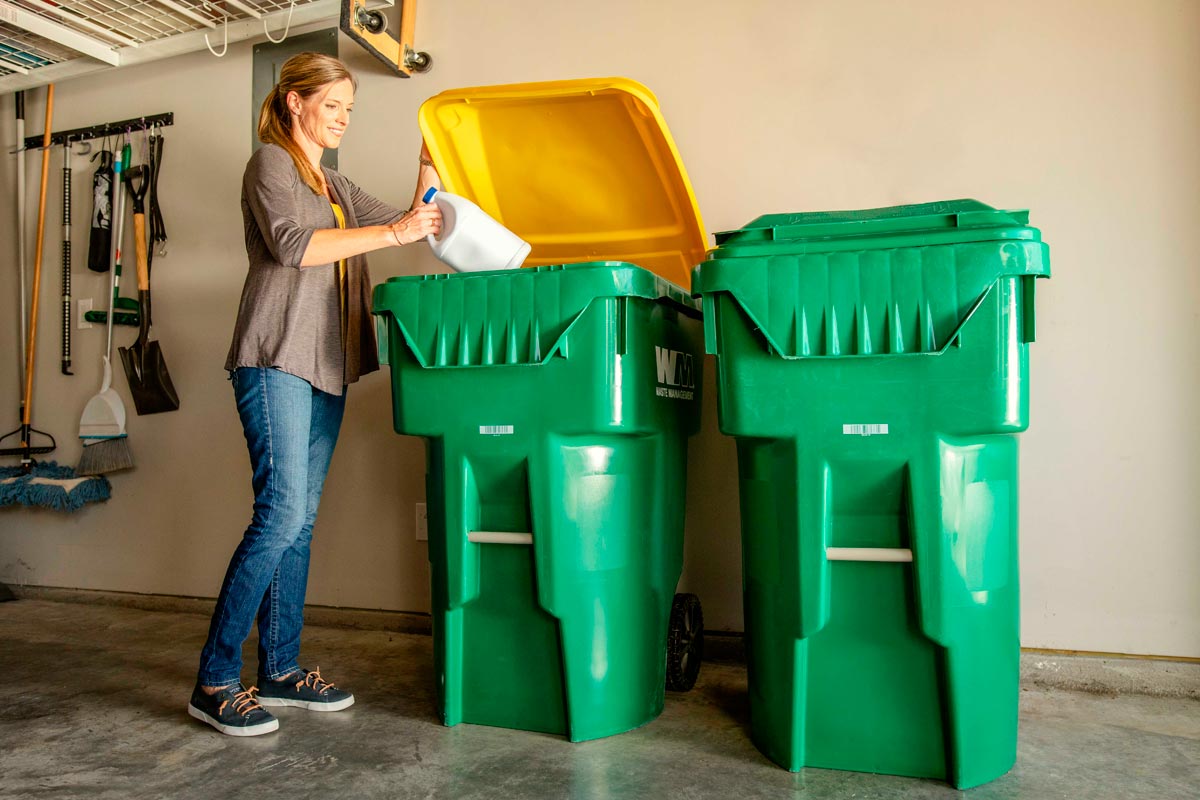
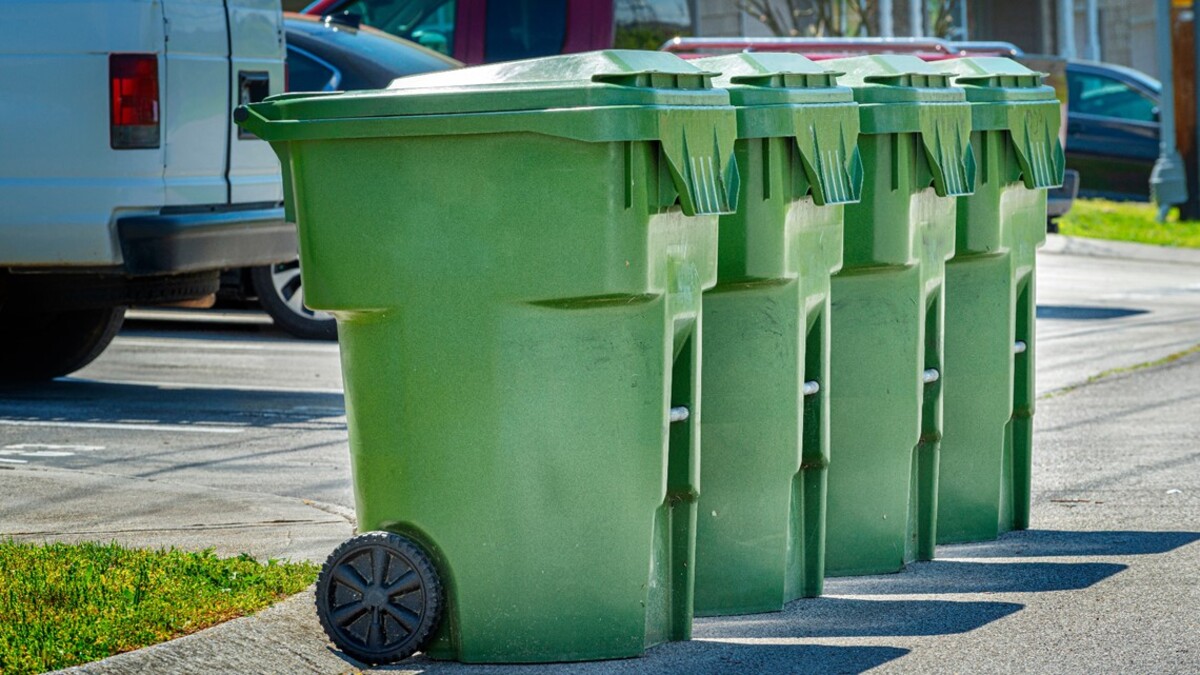

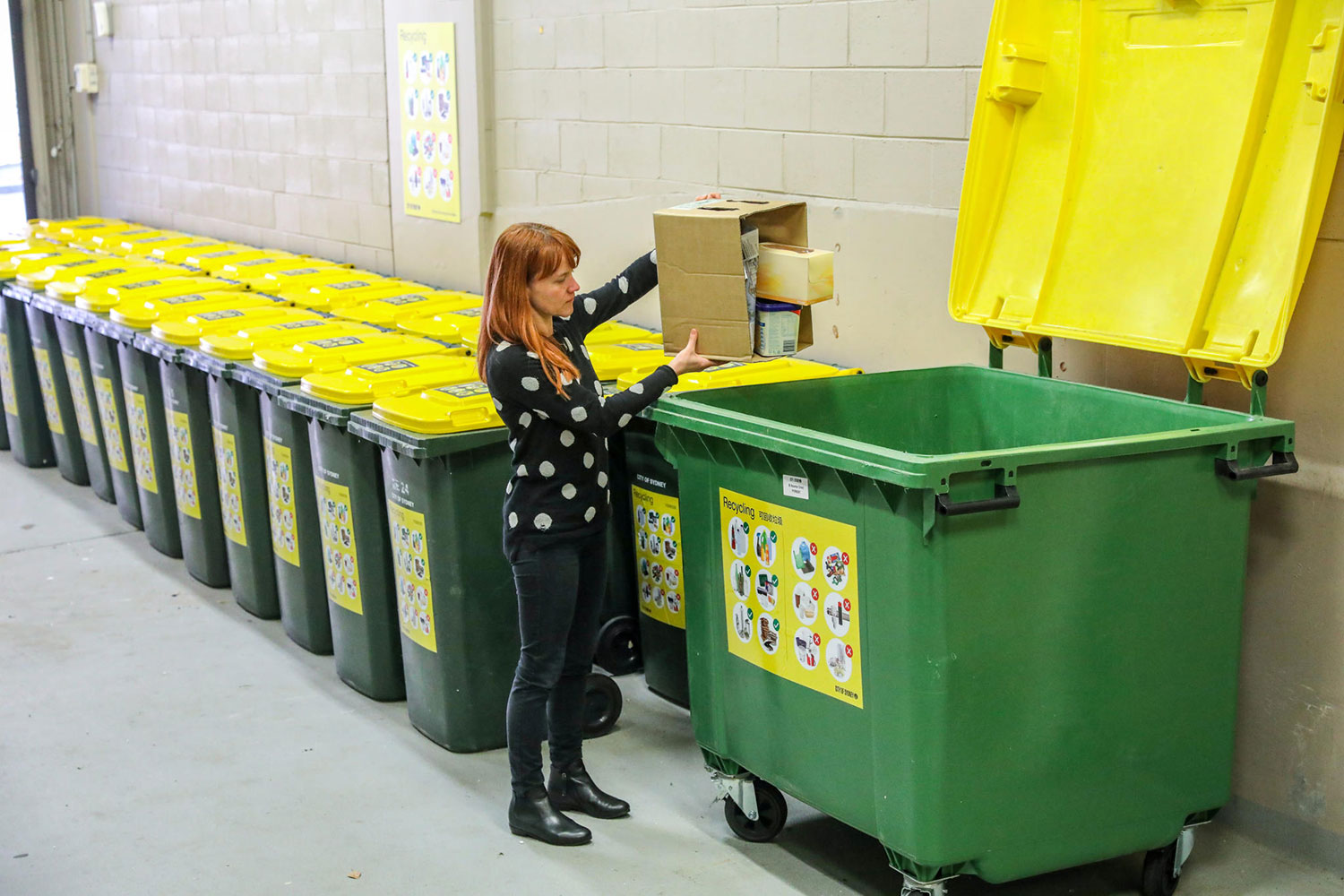
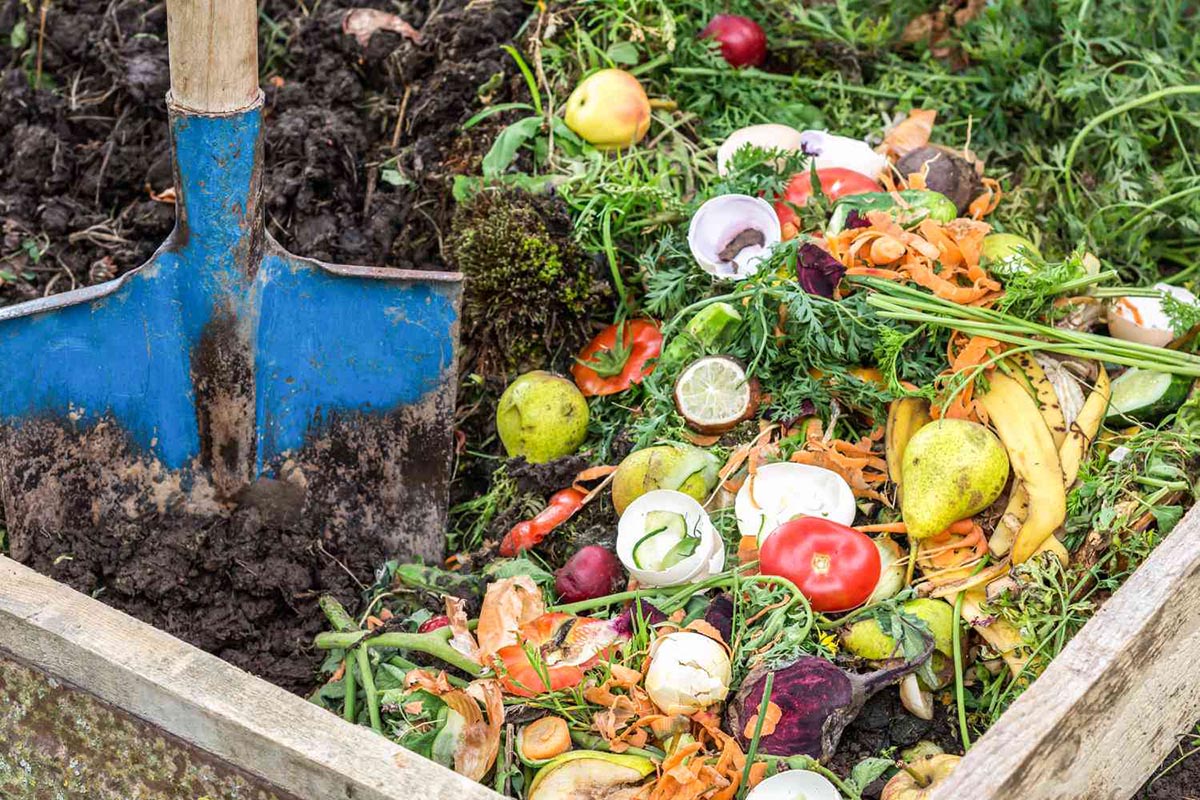
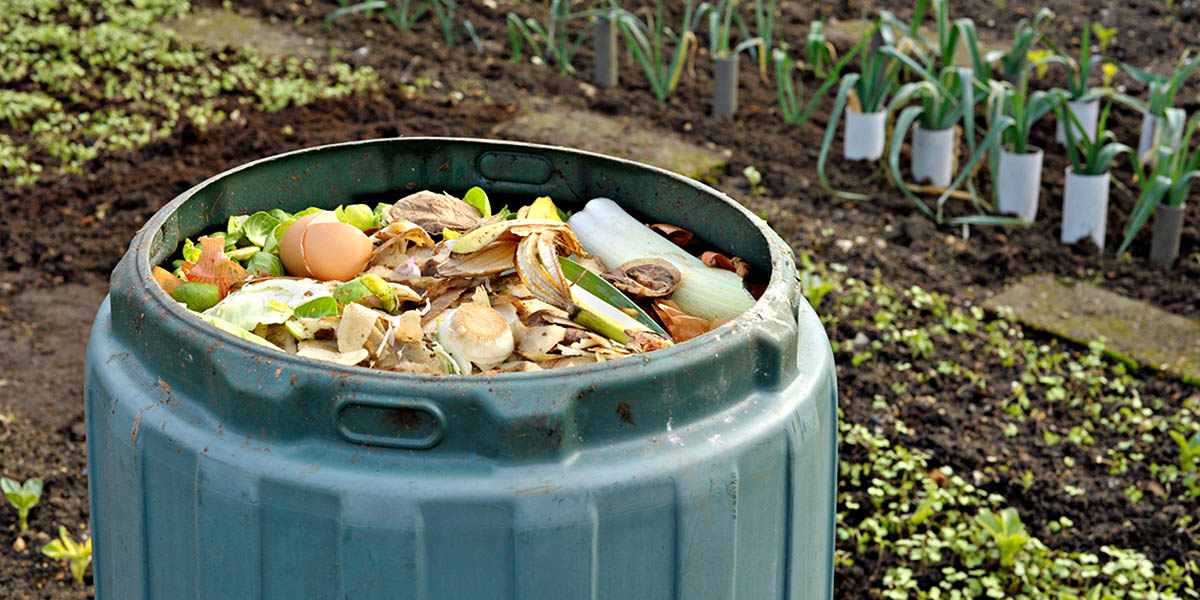
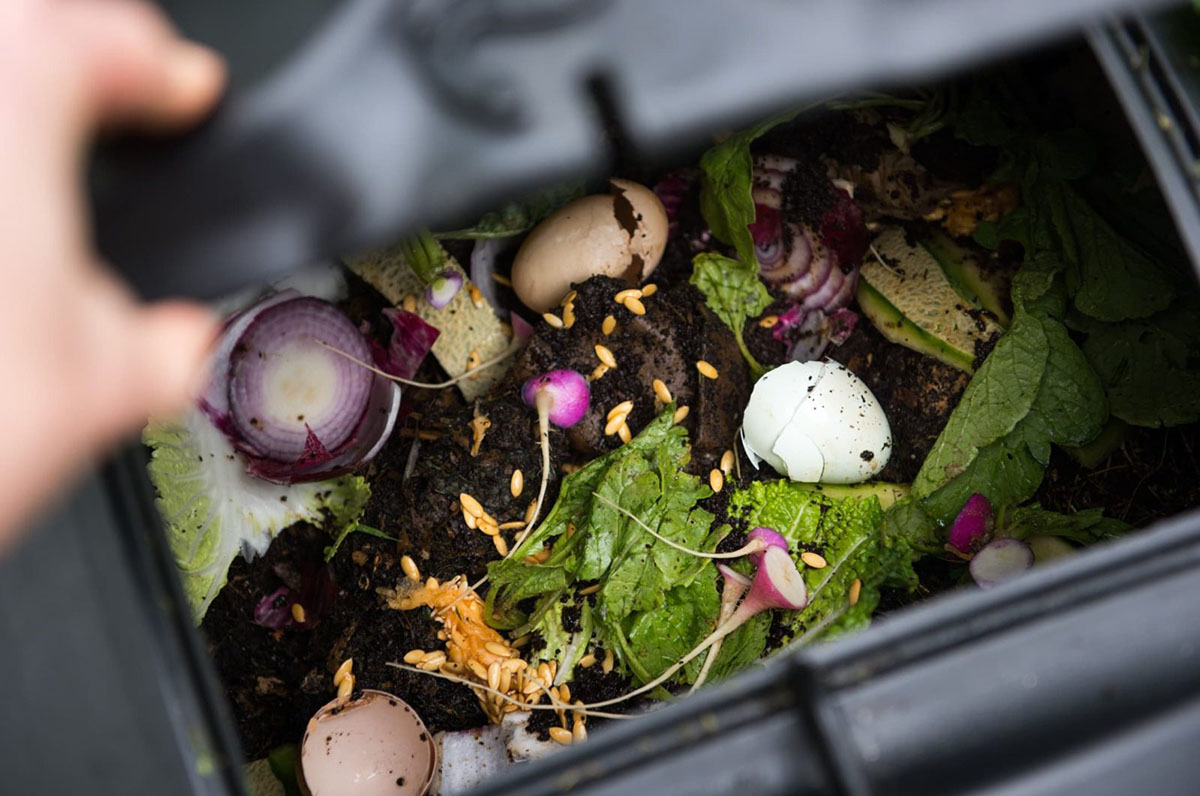
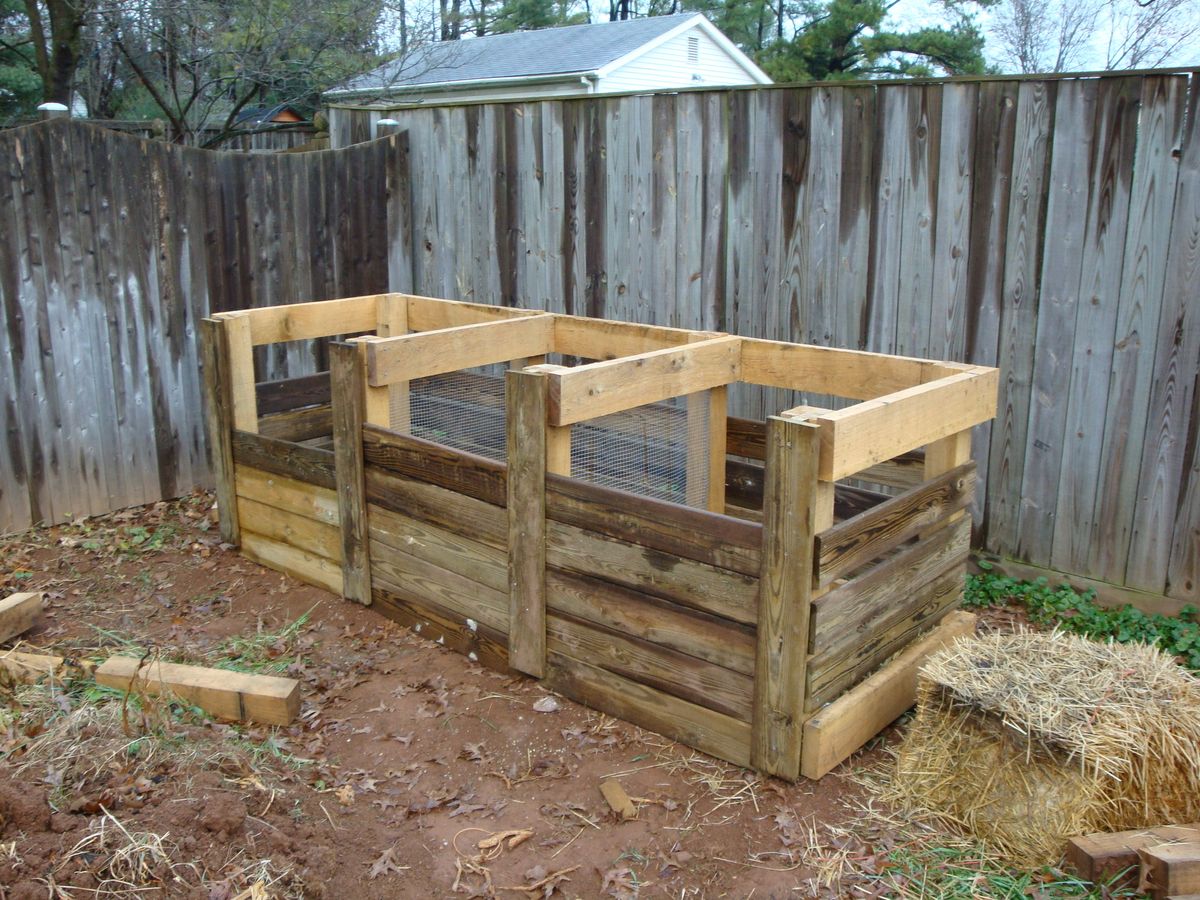
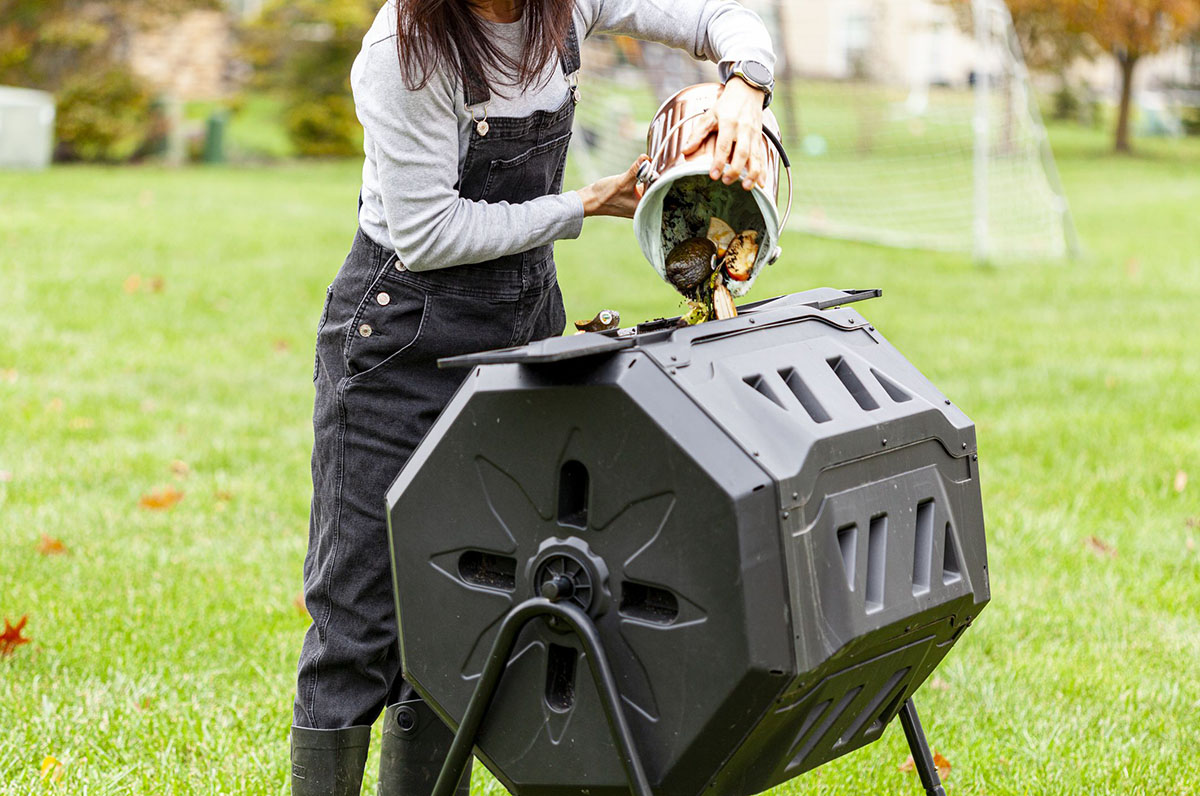
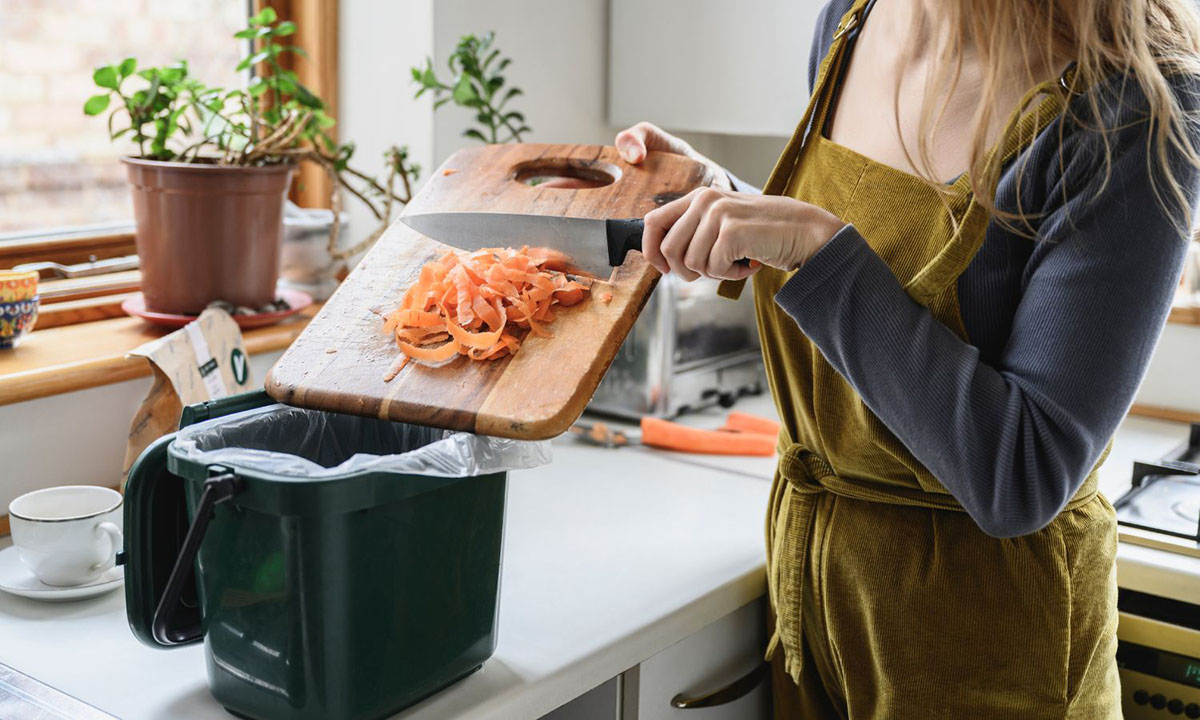
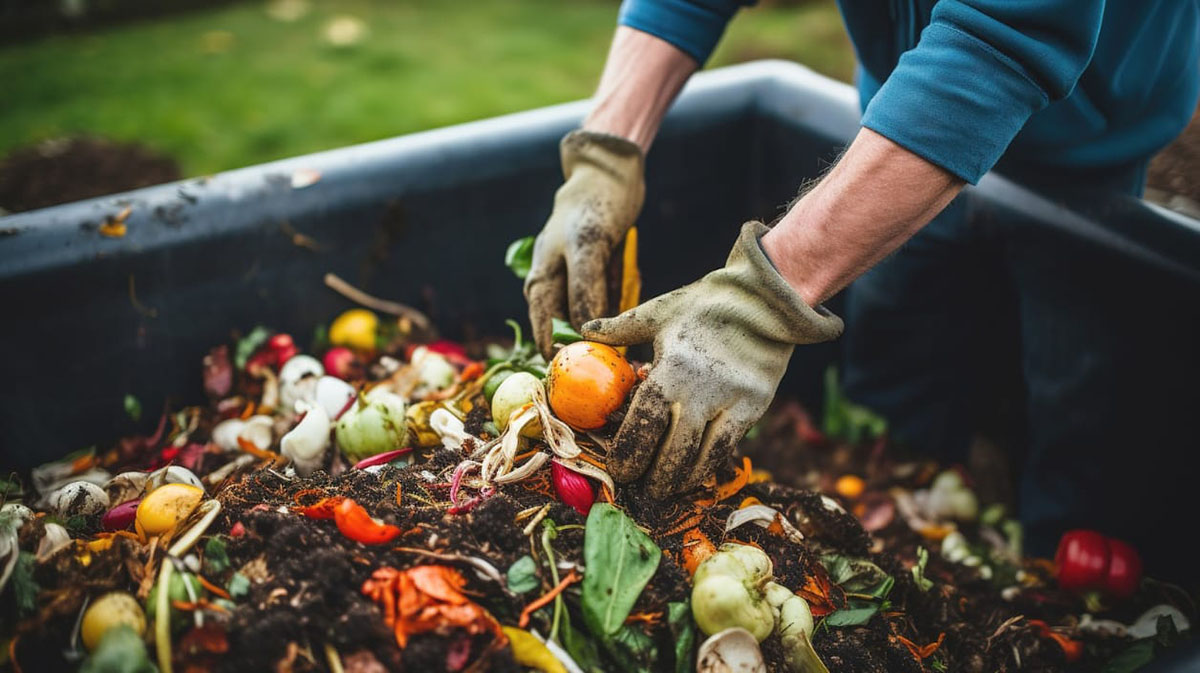
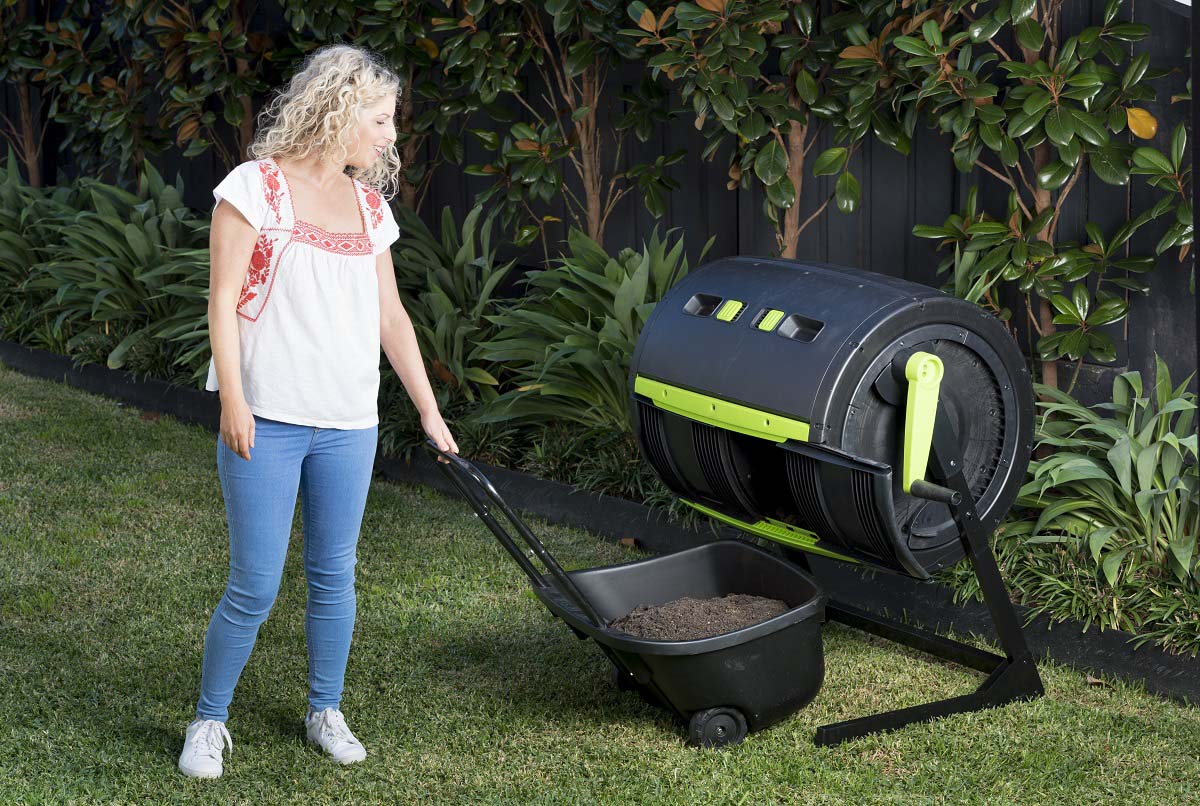
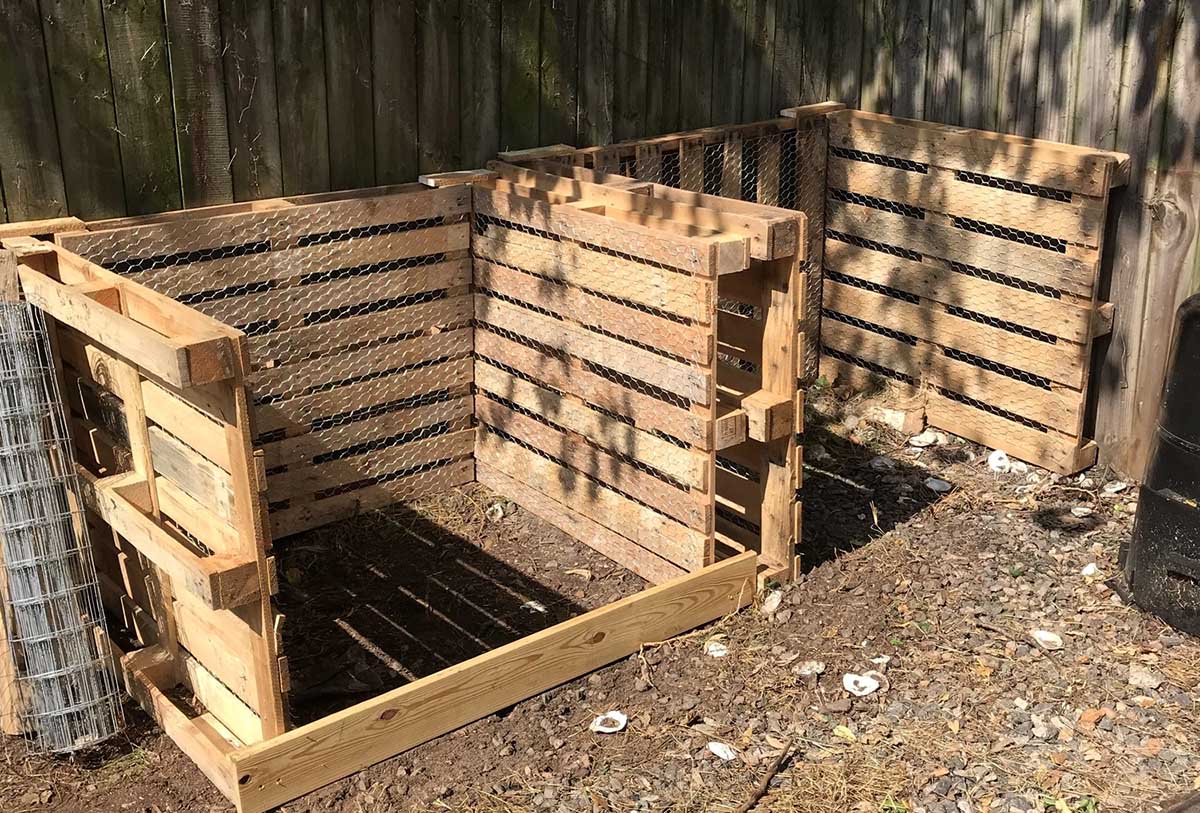
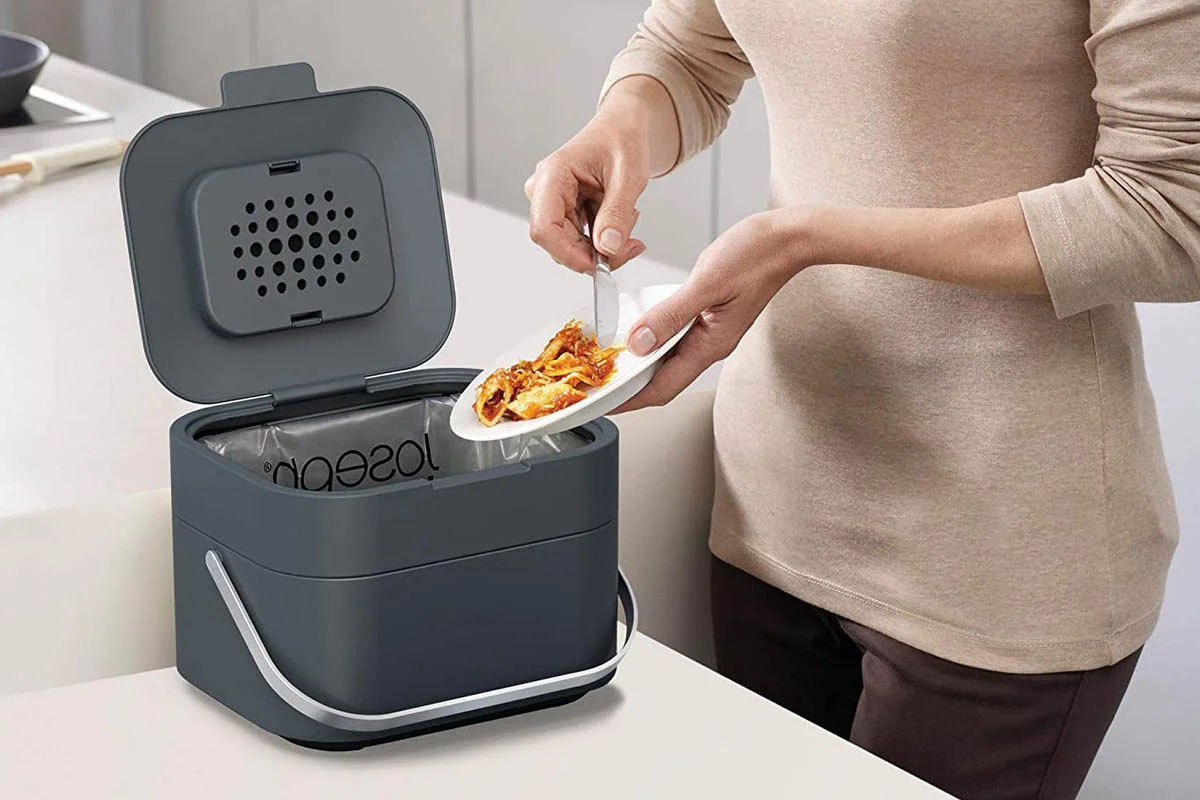

0 thoughts on “Backyard Compost Bin Construction to Recycle Kitchen Waste”